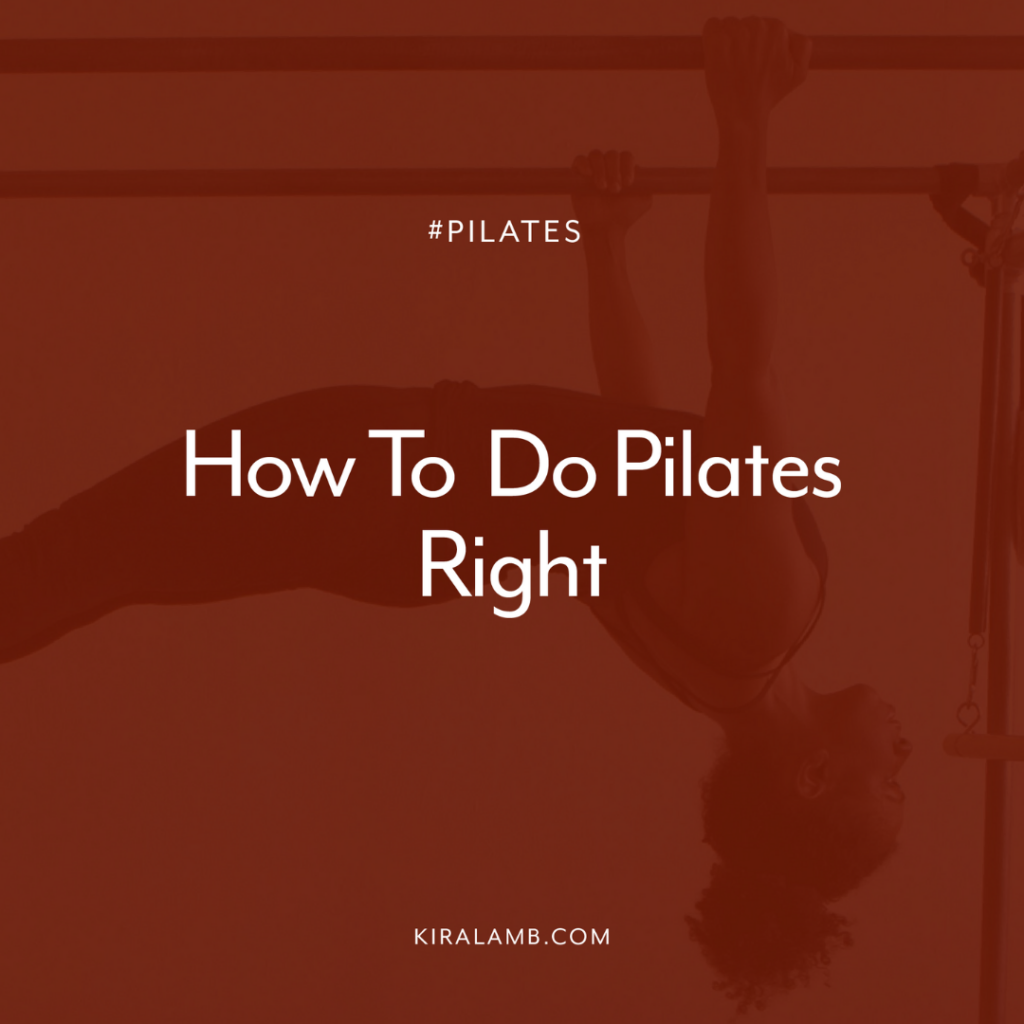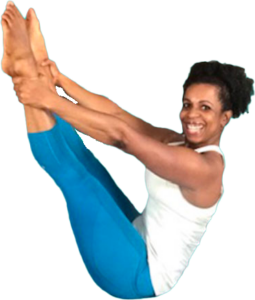How to Do Pilates Right
Pilates is trending because the fitness industry has realized it’s a profitable buzz word. So “Pilates” is used to market just about any type exercise, fitness prop or equipment; even if it shares no resemblance whatsoever to the Method that Joseph Pilates created. But it brings in the dollars because consumers seeking a “Pilates body” might not know the difference yet. It doesn’t mean they’re necessarily ineffective workouts. But if you’re interested in doing Pilates “right” it means that you’re curious about learning the comprehensive and transformational exercise system that Mr. Pilates spent his lifetime developing so that you can “be in control of your body rather than at its mercy”. When done “right” you’ll progressively build full-body strength for optimal physical function and ease of movement. You’ll feel physically and mentally empowered which will, in turn, have a profound impact on all of your daily lifestyle activities.

That type of transformation requires breaking old postural and movement habits and building new ones. So when you’re doing Pilates “right” your workouts will consist of purpose-driven, full-body exercises that revolve around progressive skill-building. Yes, Pilates is far more nuanced than “going hard” to “feel the burn” and create a “long, lean dancer’s body”. Nope, that’s a fitness industry spin. Joseph Pilates never promoted his Method this way. He said “Contrology (the Pilates Method) begins with mind control over muscles”. And the result? “Contrology develops the body uniformly, corrects wrong postures, restores physical vitality, invigorates the mind, and elevates the spirit”. So, doing Pilates “right” means to first, manage your expectations. And then, find someone who teaches in alignment with Joseph Pilates’ intentions.
Equally important is finding a studio and teacher that makes you feel welcome, seen, heard and supported. Even if you’re taking group classes you shouldn’t feel like just another body in the room. You should still expect a level of personalization. So, look for a teacher who listens to your goals, your health history, and your previous fitness experience so they can offer you:
- appropriate exercises for your current fitness level
- effective guidance and support during class
- a clear path of progression
Also, look for a teacher that is skilled in the art of teaching. If someone simply tells you what to do and counts repetitions, that’s not good enough. If you want to do Pilates “right” you need a teacher who can clearly and concisely explain how to do each exercise so that you understand the goal of each exercise. Joseph Pilates said “Concentrate on the correct movements EACH TIME YOU EXERCISE, lest you do them improperly and thus lose all the vital benefits of their value”.
If taking private lessons is an option for you, that’s the ideal way to train. Nothing beats individualized attention and workouts designed around your specific fitness goals, current fitness level and learning style. In private lessons you should expect to use multiple pieces of apparatus in a single workout. Yes, Pilates is far more than just the Reformer or Mat that most people are familiar with. For example, on your first day, you’ll most likely start with a series of exercises on the Reformer, Mat, Cadillac, and High Chair. And you’ll finish with a series of exercises standing against a wall. And in your subsequent workouts you’ll keep practicing those exact same foundational exercises, because repetition is the only way toward new habit formation. Repetition is how you learn to:
- source your movement from a strong and stable core (powerhouse)
- move free of pain or strain and with maximum efficiency
- embody the exercises until they feel like second nature
If you want to do Pilates “right” Mr. Pilates said it requires “patience and persistence”; just like learning any other skill. And if you’re working with an effective teacher, you’ll never plateau. You’ll constantly be challenged to find deeper muscular connections and control in “beginner” exercises. And newer exercises will simultaneously be introduced to build upon that foundation to increase your strength, flexibility, stability, stamina and control. What you’ll notice is that Pilates is as much a mental workout as it is a physical one. And developing that mind-body connection is imperative if you want to:
- Build your strength and mobility
- Improve your posture and balance
- Increase your energy and stamina
- Enhance your sports performance
- Prevent injuries or recover faster
- Manage you pain more effectively
If you’re doing Pilates “right” it’s both a workout and neuromuscular reeducation. Mr. Pilates said “Contrology is designed to give you suppleness, natural grace, and skill that will be unmistakably reflected in the way you walk, in the way you play, and in the way you work. You will develop muscular power with corresponding endurance, ability to perform arduous duties, to play strenuous games, to walk, run or travel for long distances without undue body fatigue or mental strain.”


